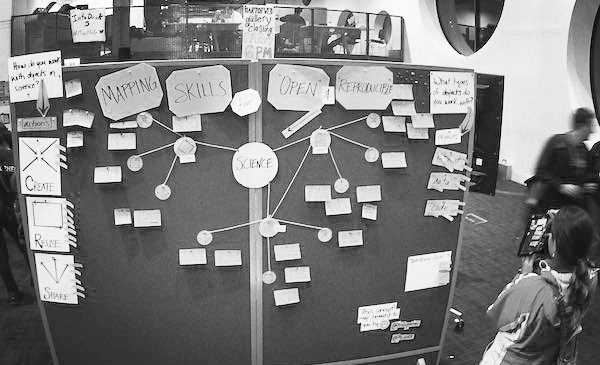Blog
Why is Kanban Right for Product Development?08 Oct 2015
Kanban is a mean of facilitating getting things done, meaning it provides a working and verified way to run processes, but it will not, however, give tips on what to build.

Keeping that in mind, it's still safe to say, that knowing the right way to get somewhere is a crucial part of achieving anything.
So, once you have a product idea, applying Kanban makes sense.
This is how this should work:
From an overview to details
Map out your overall product strategy - plan what you are going to build at which point of your journey. Although not necessary, can be done perfectly well with a Kanban board, which is basically built of a "maybe someday", "future product plans", "verified plans for the next 5 years", "this year" and so on.
It boils down to having an idea of where you want to go, when and at what means. Once you're down to this year or quarter level, you can move into a more detailed board.
This one will have a variation of the following steps (depending on the specific organization standards):
- gathering requirements plus their verification
- drafting a strategy and assigning resources
- building the product
- preparing a marketing strategy (if different from usual)
- testing and verifying the initial result
- broader group testing, troubleshooting and defining requested changes
- second build and verification
- release
- feedback analysis and planning of future improvements.
Benefits of Kanban for product development
A version of the above system can be applied to most industries, and works more than well on a Kanban board.
The great benefit of going with a visual board is the ability to review the previous steps at any point, so that all if the information remains available to all on the involved team.
Further benefits of applying Kanban to product development include:
- a sense of being in a flow of a process, hence of getting somewhere
- clear indication of what to focus on next
- seeing the big picture gives a sense of contributing to a broader goal,
fuelling job satisfaction
- the ability to always take a look what's been recently done -
and in what amount - helps to motivate the team, whereas in a single task
assignment system, both the sense of accomplishment and the notion of
being a part of a larger thing are lost
- a Kanban - based system is possible to scale, it may require a trained
professional to do this for large teams, but is definitely achievable.
You can either go with expanding the process to oversee multiple projects
or with duplicating processes for different projects and managing them separately.
- it empowers the team by letting them pull work items themselves
- improved reliability, release planning and predictability, thanks to the available board analysis
and an overview of the progress
- last, but not least - no more wasteful multi-tasking, thanks to WIP limits.

Recap
Kanban is a system dedicated to visualizing work and identifying issues in the workflow. Therefore, it\s a good fit for product development, letting all on the team get a quick overview of the process, instant information on what should get done next and easy to spot bottlenecks identifiers.
The point is to allow teams to focus on the work and product, and leave the process system in the background. With the little maintenance that Kanban requires this is not difficult to achieve.
Sign up for a 14-day free trial
to test all the features.
Sign up now and see how we can help
your organization deliver exceptional results.